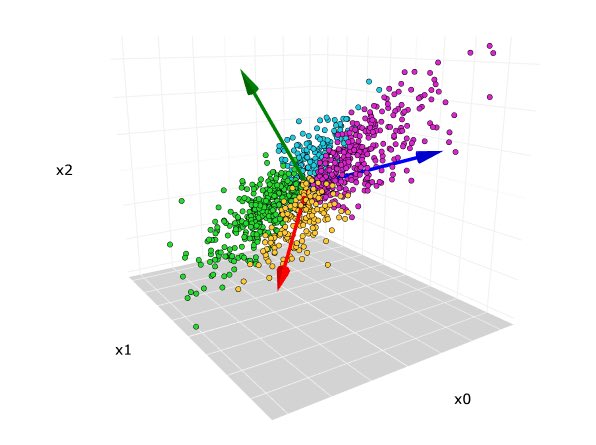1/🧶📝 Welcome to a Twitter thread discussing the pros & cons of the #R packages, #knitr and #sweave. These packages allow us to create dynamic, reproducible documents that integrate text, code, and results. Let's dive into the strengths and weaknesses of each. #Rstats
2/🔍 #knitr is a more recent and widely-used package that simplifies the creation of dynamic reports. It's an evolution of #sweave and supports various output formats, including PDF, HTML, and Word. Plus, it's compatible with Markdown and LaTeX! #Rstats
3/🌟 Pros of #knitr:
✅ Better syntax highlighting
✅ Cache system to speed up compilation
✅ Inline code chunks
✅ Flexible output hooks
✅ More output formats
✅ Integrates with other languages
Overall, it provides more control and customization in document creation. #RStats
✅ Better syntax highlighting
✅ Cache system to speed up compilation
✅ Inline code chunks
✅ Flexible output hooks
✅ More output formats
✅ Integrates with other languages
Overall, it provides more control and customization in document creation. #RStats
4/🌧️ Cons of #knitr:
❌ Slightly steeper learning curve
❌ Can be slower with large data sets
❌ Some compatibility issues with older #sweave documents
❌ More dependencies, which could lead to potential conflicts
Despite these drawbacks, it's still the preferred choice for many
❌ Slightly steeper learning curve
❌ Can be slower with large data sets
❌ Some compatibility issues with older #sweave documents
❌ More dependencies, which could lead to potential conflicts
Despite these drawbacks, it's still the preferred choice for many
5/🔬 #sweave is the original package for creating dynamic reports in R. Developed by Friedrich Leisch, it's been around for longer and is more mature. However, it has some limitations compared to #knitr, especially in terms of output formats and flexibility. #Rstats
6/🌟 Pros of #sweave:
✅ Mature & stable
✅ Simple syntax and easy to learn
✅ No additional dependencies
✅ Consistent performance, even with large data sets
✅ Great for those who only need PDF outputs
✅ Ideal for LaTeX users
It's perfect for those seeking simplicity. #RStats
✅ Mature & stable
✅ Simple syntax and easy to learn
✅ No additional dependencies
✅ Consistent performance, even with large data sets
✅ Great for those who only need PDF outputs
✅ Ideal for LaTeX users
It's perfect for those seeking simplicity. #RStats
7/🌧️ Cons of #sweave:
❌ Limited output formats (mainly PDF)
❌ No syntax highlighting for code chunks
❌ No caching mechanism
❌ Limited customizability
❌ Lacks support for other languages
❌ Reduced integration with RStudio
These limitations have led to a shift towards #knitr.
❌ Limited output formats (mainly PDF)
❌ No syntax highlighting for code chunks
❌ No caching mechanism
❌ Limited customizability
❌ Lacks support for other languages
❌ Reduced integration with RStudio
These limitations have led to a shift towards #knitr.
8/💡 In conclusion, both #knitr and #sweave have their pros and cons. While knitr offers more flexibility and output options, sweave is simpler and more stable. Ultimately, your choice will depend on your specific needs and familiarity with the tools. Happy coding! #rstats
I thank @dincergoksuluk for the thread idea.
• • •
Missing some Tweet in this thread? You can try to
force a refresh

 Read on Twitter
Read on Twitter









